Why Chris Dawson says his wife-murder conviction should be quashed
Chris Dawson, who is serving 24 years in prison for murdering his wife Lynette Simms, is asking the country’s highest court for a fresh trial.
Chris Dawson has launched a last-ditch bid to overturn his conviction for murdering his wife in the High Court, citing a Central Coast fruit stand, a long distance phone call, bank card records and other pieces of lost evidence as reasons why he should be given a second trial.
After standing trial before Justice Ian Harrison in the Supreme Court in mid-2022, he was found guilty of murdering his wife Lynette Simms, who vanished from their Bayview home on Sydney’s northern beaches in January 1982.
After he was sentenced to 24 years in jail, the Court of Criminal Appeal last year unanimously voted 3-0 to dismiss his appeal.
But Dawson’s legal team of high-profile barrister Phillip Boulten and public defender Claire Wasley last week filed an application for Special Leave to Appeal to the High Court, asking it to quash his conviction and order a fresh trial.
They argue that the Court of Criminal Appeal failed to take into account the “significant forensic disadvantage” Dawson’s defence suffered owing to evidence being lost or not being able to be presented at trial over the last 40 years.
The former Newtown Jets star forward was found to have killed his wife to make way for one of his former students, a young girl who can only be known as JC, who moved into his home days after Lynette went missing.
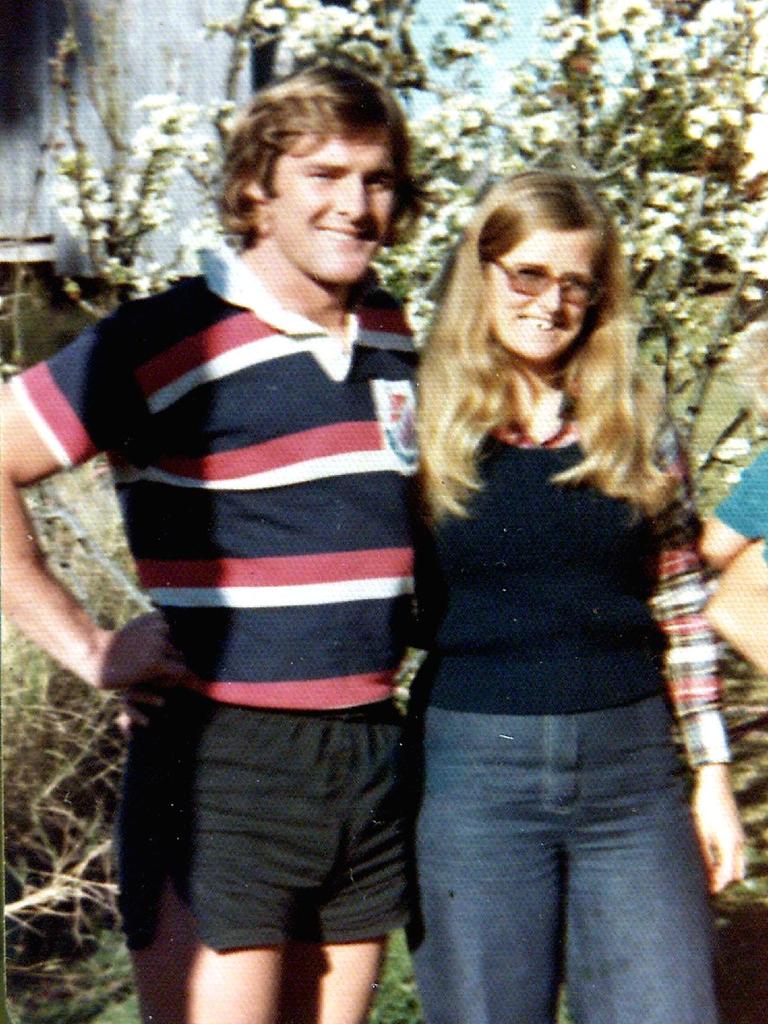
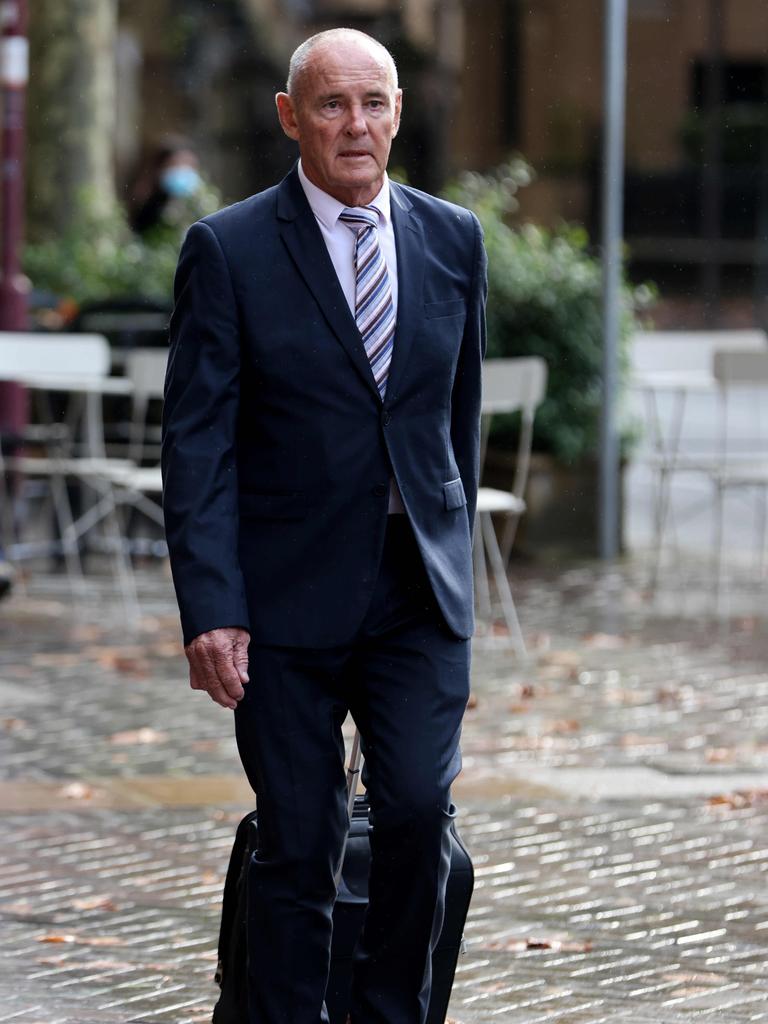
THE FRUIT STAND
Court documents obtained by NewsWire reveal his lawyers argue the first of three police investigations was terminated because, in part, of a purported sighting of Ms Simms by a family friend, Sue Butlin.
Before her death in May 1998, Ms Butlin had claimed she saw Ms Simms at a roadside fruit and vegetable shop at Kulnura on the Central Coast.
Her husband, Ray Butlin gave evidence at Dawson’s trial, telling the court that she told him of seeing Ms Simms.
“The substance was that (Ms Butlin) saw a person that she believed was Lyn Dawson,” Mr Butlin said during the trial.
“She walked towards her and the woman proceeded, without turning around, and got into a car and drove off.”
The claim was also recorded in a diary entry made by Ms Simms’ mother Helena, who wrote that Ms Butlin “thought she saw Lynn 5-6 weeks earlier at Gosford”.
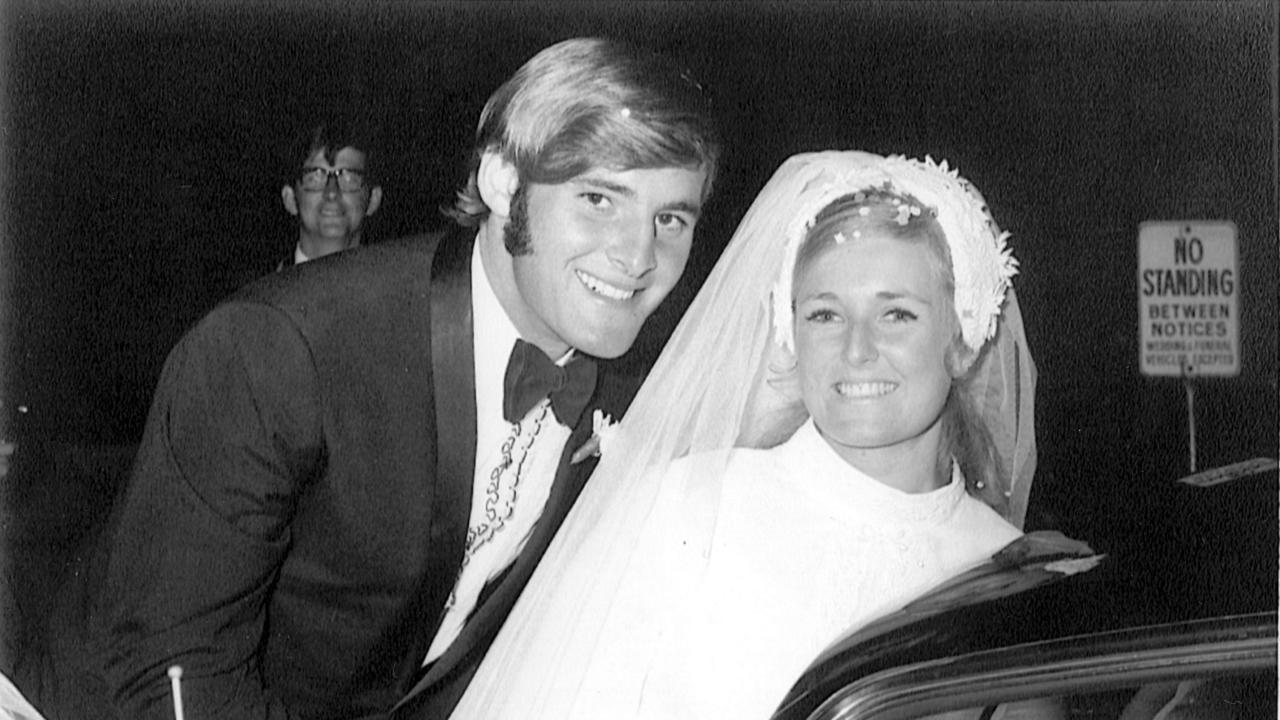
THE BATHS
Dawson was found to have killed Ms Simms sometime between the evening of Friday, January 8, 1982 and the morning of Saturday, January 9, 1982.
Her body was never found and the Crown Prosecution relied on a circumstantial case.
Justice Harrison concluded that he was: “satisfied beyond reasonable doubt that the only rational inference” was that Dawson killed Ms Simms.
On the afternoon of January 9, she failed to meet up with her family at the Northbridge Baths, where Dawson worked as a part-time lifeguard.
Dawson later told police that on the Saturday morning he had dropped her off at a Mona Vale bus stop so she could go shopping but never returned.
“The applicant’s case was that (Ms Simms) was very unhappy with her marriage and rang him at the Northbridge Baths at about 3pm … telling him that she needed time to herself,” his lawyers argue.
In his only police interview, in 1991, Dawson gave his account of that purported phone call.
On Friday, January 8 the couple saw a marriage counsellor, and Dawson told police that on that evening they were drinking wine and planning a “sexy celebration”.
He told police that while working at the baths he was summoned to the office for a long-distance phone call.
He said that on that call Lynnette told him she needed “time away”.
A family friend, Phillip Day, was present at the baths with the Dawson family on the day and gave evidence at a 2003 coronial inquest.
Mr Day said that he recalled Dawson being called to the office and when he returned he said Ms Simms was going away to “sort herself out”.
Dawson’s lawyers argue that employment records from the baths were lost due to time, and that police did not take statements from the people working there on January 9, 1982.
They argue that “reverse call tracing may well have shown that (Ms Simms) was likely to have been the woman who called the baths”.
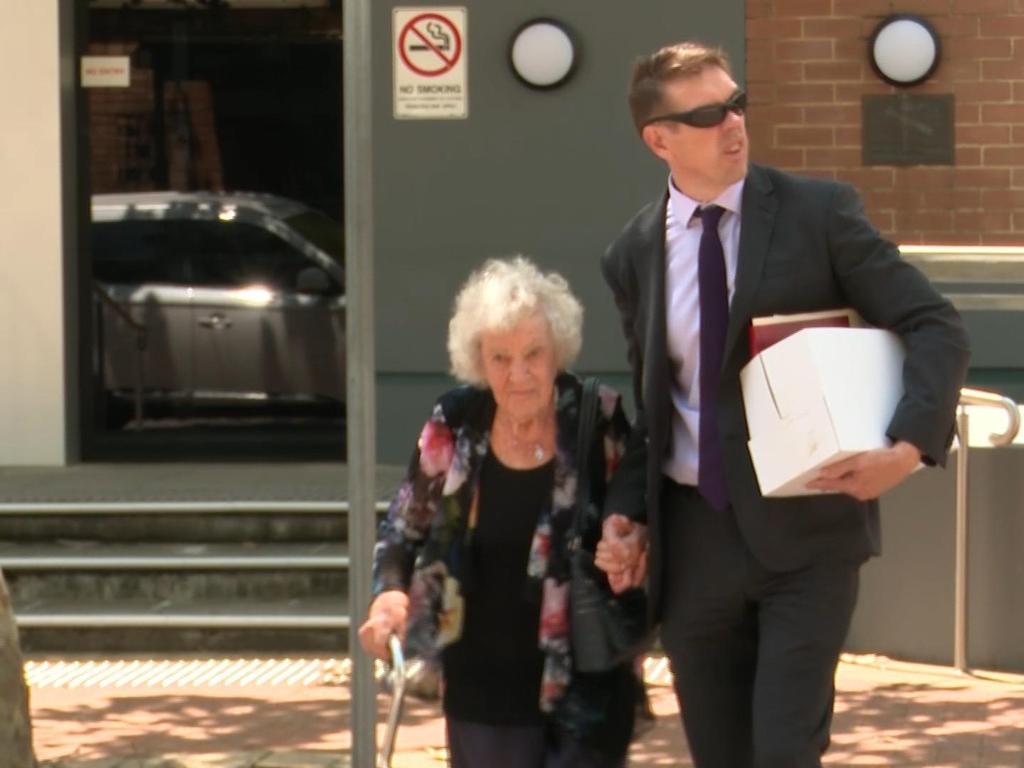
THE BANK CARD STATEMENTS
Dawson’s lawyers claim that other documents were also lost including “bankcard records that suggested that (Ms Simms) may well have used that bankcard after 9 January 1982.”
Dawson claimed that following her disappearance, he received Ms Simms’ bankcard statements which suggested she made purchases on January 12 and 27.
Dawson’s legal team argues that other evidence was also missing
They also point to other purported sightings of Ms Simms by Elva McBay and Peter Breese.
Ms McBay gave evidence at a committal hearing in February 2020 however she died before being able to appear as a witness at the trial.
She said she attended a parade for Prince Charles and Princess Diana in Sydney’s CBD on March 28, 1983, when she saw a woman who looked like Lynette Simms run in front of a motorcade.
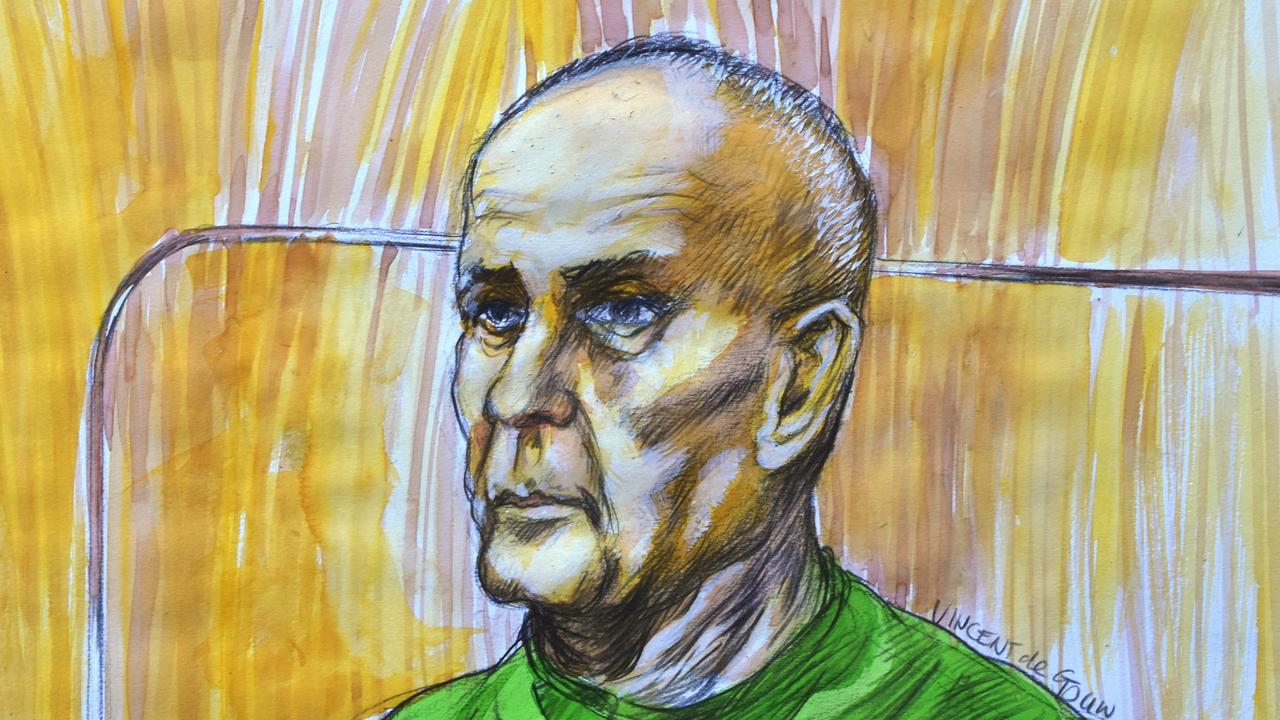
“I saw her face for a few seconds, then she ran in front of the motorbikes,” she told the committal hearing in 2020.
“Terribly dangerous. I turned to my husband and said: ‘I think that’s Lynette Dawson’.”
Dawsons’ lawyers also pointed to the evidence of the Dawsons’ former Bayview neighbours, Peter and Jill Breese.
Paul Breese told the court that he saw Ms Simms in June 1984.
He told the court he had undergone an operation at Rock Castle Private Hospital and was lying in his bed recovering when a woman, who he believed to be Ms Simms, came to the door wearing a nurse’s uniform.
He said he had “no doubt” it was Ms Simms.
Dawson’s lawyers say that the Court of Criminal Appeal made “numerous factual errors” and there were reasons to conclude that Dawson had suffered a forensic disadvantage.
“Evidence that suggested Ms Dawson was alive on and after 9 January, 1982 was available and, if possibly true, required acquittal,” they said in an application for special leave to appeal.




